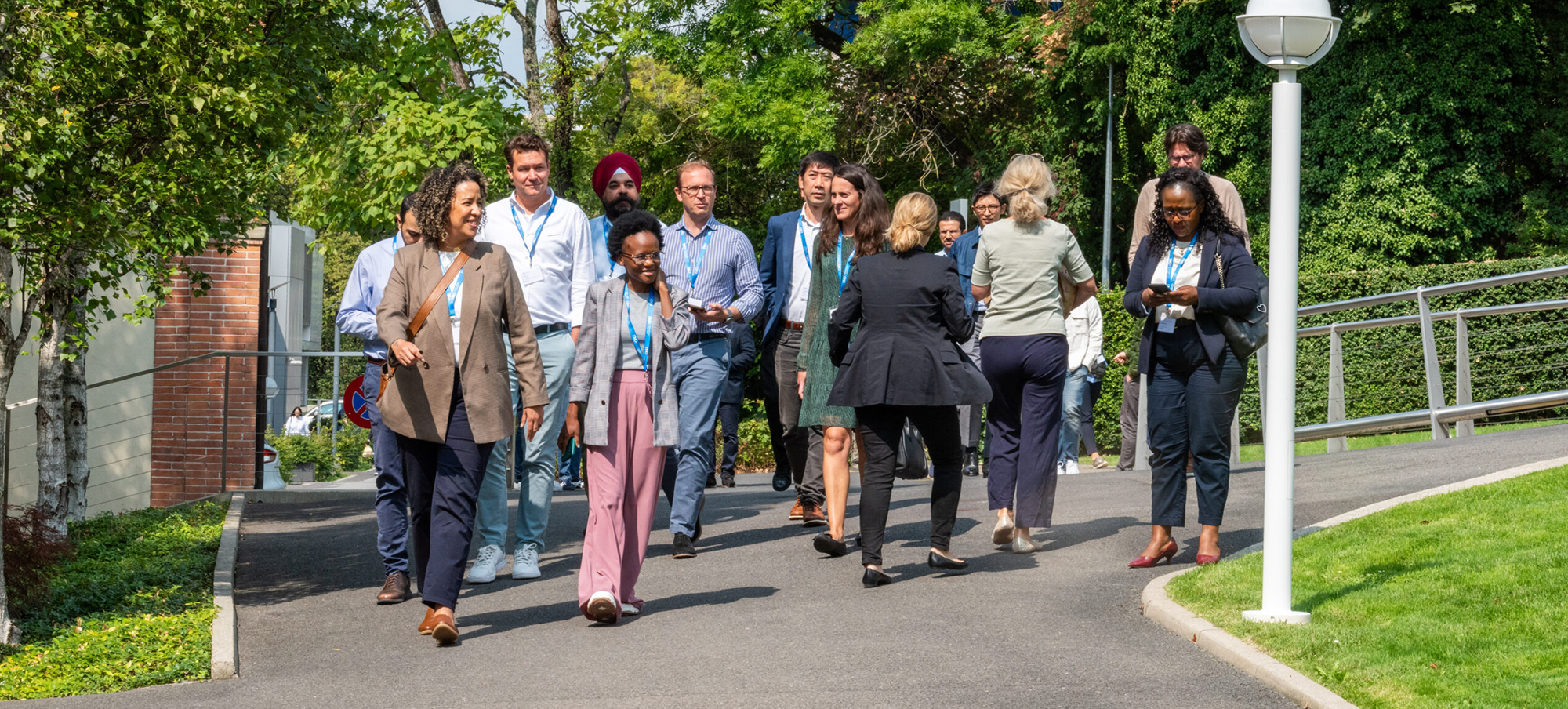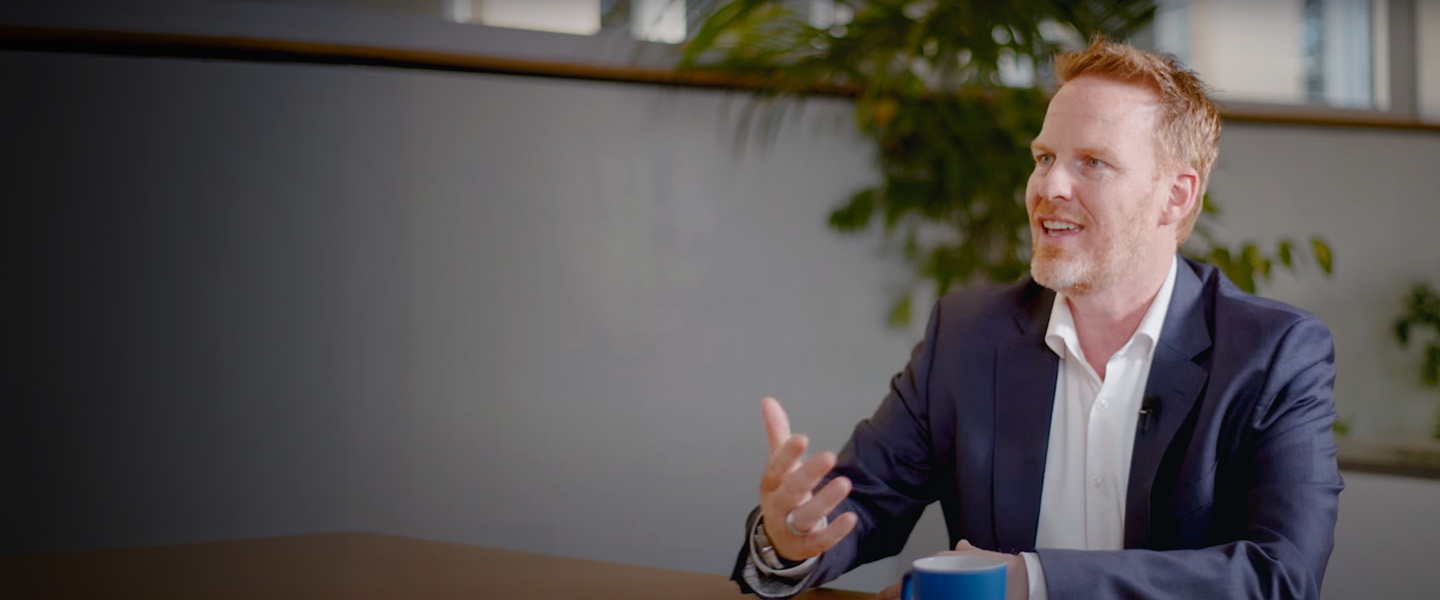
Learning to learn: Five steps to create a curious organization
As companies rapidly transform their operations to adapt to the impact of the pandemic and the seismic shift towards digital, a big question mark hangs over whether their workforces can keep up.
The World Economic Forum has reported that around 40% of workers will need reskilling of up to six months, while 94% of business leaders expect employees to learn the skills they need for the future on the job. Critical thinking, analysis, problem solving, flexibility and active learning are seen as the skills most in demand.
Changing a business model or accelerating an organizational transformation are already steep mountains to climb, but how do we empower our people and teams to transform and open their minds for this new challenge – to learn how to continuously learn?
It calls for a change of culture for many companies, from rigid, refined processes and command and control to curiosity, collaboration and creativity.
Taking the following five steps to foster a culture of curiosity within your organization can spark the ongoing learning and experimentation needed to adapt to a rapidly changing world.
Ask more questions – questions are more powerful than answers
Albert Einstein famously remarked, “Question everything.” Personal creativity and organizational innovation rely on a willingness to seek out novel information.
For business leaders, the pressure is always on to tell people what to do – to provide the right solutions and answers. Unlike in some other professions, such as medicine, we are not trained how to ask the right questions. Let’s be honest: in practice, it’s tempting to revert to the role of commander-in-chief because it saves time and means that things will probably get delivered the way you want them to. However, this approach kills curiosity and stifles learning, including your own. Instead, reverse the roles and ask more questions.
Encourage your teams to ask more questions of each other. The more questions you ask, the more you will challenge assumptions, inspire greater curiosity in others, trigger learning, and drive performance through innovation. Simply put, if you don’t ask questions, you won’t find the answers.
Ask more people – go beyond your comfort zone, organization or industry
At the same time, the more people you ask, within and outside of your organization, the richer the tapestry of ideas available to you. Questions build relationships and engagement – and open our minds and the minds of those around us. This enables diverse perspectives from different stakeholders to be heard, which can open up new opportunities or flag up unseen risks.
Why is this important? Well, we know that no single organization has a monopoly on all the answers to the challenges we face. It’s becoming essential to include a range of different stakeholders to improve our problem solving and to build valuable, robust ecosystems. Indeed, mastering the art of collaboration and open innovation is key to unlocking value creation, competitive advantage and long-term success.
Focus goals on learning, not just performance
For too many companies, learning is still seen as an add-on activity or HR distraction, rather than a core skill. Under the banner of “Building an inspired, curious, unbossed culture”, pharma giant Novartis has introduced the idea of including personal impact and learning goals alongside performance for its employees. Similarly, by incentivizing and institutionalizing learning as a goal rather than an add-on, companies can motivate individuals to engage with learning on an ongoing basis. Performance matters, of course, but, today, it’s becoming equally important to ensure that employees develop a mindset of continuous learning and improvement to keep your company competitive. Make curiosity a core value.
Hire for curiosity
While emphasis must be placed on helping our existing teams to become more curious and to embrace learning at work, it is also necessary to hire the right talent. How can you find and attract more people who already possess a curious, creative and learning mindset? On the one hand, it means learning how to make your company more attractive to these curious minds through the way your brand is positioned as an employer and partner, including its values, purpose and approach to sustainability. On the other hand, it means engaging with diverse communities, for example, through engaging in open innovation crowdsourcing for problem solving and idea generation.
Exploration vs exploitation
Some companies create an isolated “innovation lab” where all their experiments and ideation can take place, safely away from the “real” business, before those ideas are brought back into the core business to be exploited. This approach can work but, on its own, it will not inject the spirit of learning and curiosity into the rest of the organization, meaning the idea of innovation is seen as detached from “what we do” for many employees. Instead, consider creating a more holistic and inclusive space for exploration that feels open, accessible and relevant to all employees. This exploration space should not be set against the exploitation phase either. It should be made clear that there is a time and place for each, so that team members understand when they should be in “curious” mode and when that curiosity turns into concrete action. Structured problem solving or innovation activities, founded on open innovation, can optimize and clarify these exploration and exploitation phases to help transform rigid, siloed employees into curious minds.
Remember, being a good leader is all about making good choices. Make a conscious choice today to be more curious and embrace learning. Do this every day and make it your new good habit. Start with yourself and become the role model for the change you want to see in the world. As leading business academic Clayton Christensen put it, “Questions are places in your mind where answers fit. If you haven’t asked the question, the answer has nowhere to go. You have to want to know in order to open up the space for the answer to fit.”
Research Information & Knowledge Hub for additional information on IMD publications

Business schools must champion values-led leadership as companies retreat from DEI. Now’s the time to stand firm and lead by example, says David Bach.

Geopolitical turmoil and its workforce impact demand a systems thinking approach from CHROs, argue IMD’s Katharina Lange and Simon Evenett.

This episode takes you behind the scenes of a recent gathering led by the World Business Council for Sustainable Development together with IMD, where David Bach sat down with two sustainability leaders.

All organizations should have a plan to secure trust during, after (and even before) a crisis hits. Here are a host of examples, good and bad, to learn from.

Tired teams, wasted weekends, and unread reports—here are 7 ways to restore morale and reignite performance. Avoid unnecessary reporting and non-essential tasks.
The Handtmann case examines the co-CEO leadership model in the context of family business. Based on interviews with three key executives – the co-CEOs and the President of the Advisory Board – the case focuses on how Handtmann handled the leadersh...

The 7 shifts you need to make to lead in a turbulent world for acuity and inner rootedness. Grounded Edge Leadership.

Anxiety can sharpen focus, but if it impacts your well-being or leadership, it’s worth a check-in. These helpful questions may help you reflect.

As corporate America adjusts to a shifting political environment under President Donald Trump, companies must rethink their approach to DEI.

Andrew J Hoffman's book explains how Business schools must cultivate leaders who see beyond profits and embrace business as a powerful force for societal good.
Research Information & Knowledge Hub for additional information on IMD publications
Research Information & Knowledge Hub for additional information on IMD publications
Research Information & Knowledge Hub for additional information on IMD publications
in I by IMD
Research Information & Knowledge Hub for additional information on IMD publications
in I by IMD
Research Information & Knowledge Hub for additional information on IMD publications
Research Information & Knowledge Hub for additional information on IMD publications
The Handtmann case examines the co-CEO leadership model in the context of family business. Based on interviews with three key executives – the co-CEOs and the president of the advisory board – the case focuses on how Handtmann handled the leadersh...
Research Information & Knowledge Hub for additional information on IMD publications
Research Information & Knowledge Hub for additional information on IMD publications
in I by IMD
Research Information & Knowledge Hub for additional information on IMD publications
in I by IMD
Research Information & Knowledge Hub for additional information on IMD publications

